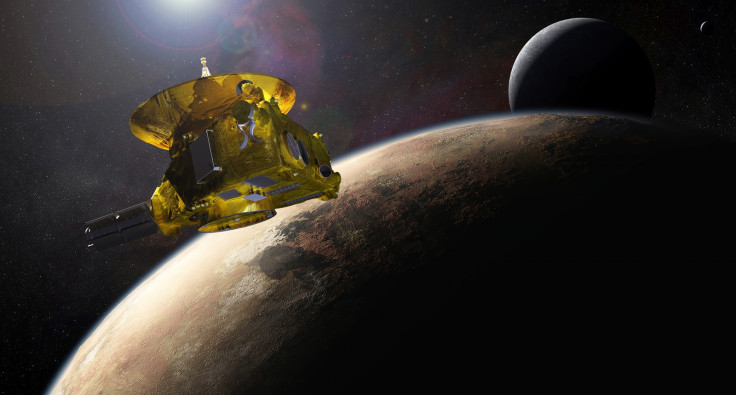Nasa New Horizons Pluto flyby: Where to watch live online as spacecraft makes history

After a journey of three billion miles over a period of nine years, Nasa's New Horizons spacecraft is about to make history by becoming the first spacecraft to flyby the icy dwarf planet Pluto.
The mission will make Pluto the most distant solid object to be visited by a spacecraft. In a milestone in space exploration, the small space probe – around the size of a baby grand piano – will approach the planet at just over 30,000mph (48,000kph). It will be 7,800mi (12,500km) above the surface of Pluto during the flyby on 14 July.
Where to watch live online
The encounter might be taking place billions of miles away, but the Slooh Community Observatory will be providing live coverage of the event for those at home.
Nasa's Eyes on Pluto app also allows you to follow the path of the spacecraft in real time, with visualisations built using the actual trajectory data.
New Horizons is scheduled to make it's closest approach at 7.49 EDT (12.49 GMT) on 14 July.
New Horizons
Science instruments aboard New Horizons will gather data as it speeds past Pluto. The craft will document the surface features, geology, composition, atmosphere and temperature to create a comprehensive map of Pluto and its largest moon Charon. It will also take pictures of the planet and study the smaller moons Styx, Nix, Kerberos and Hydra.
Excitement is mounting over what discoveries lie ahead on the mysterious world. An image taken at a distance of five million miles from Pluto last week revealed a heart-shaped area spread across the side of the planet.
Alan Stern, principal investigator of the New Horizons mission told IBTimes UK in April that what scientists will find on Pluto largely remains a mystery: "We really are going exploring, so we're very much looking forward to that but it's hard to predict. Exploring is a wonderful thing that humans do and I think New Horizons' flyby of Pluto will be one of those historic events of the 21<sup>st century."
New Horizons was launched in January 2006 as part of Nasa's New Frontiers programme. The flyby will complete the initial exploration of the classical solar system, while also opening the door to a new realm of unexplored small planets in the Kuiper Belt.
As the spacecraft reaches the "third" zone of our solar system, past the inner, rocky planets and outer gas giants, it will mark 50 years since humans first explored Mars with Nasa's Mariner 4 in July 1965.
© Copyright IBTimes 2025. All rights reserved.




















